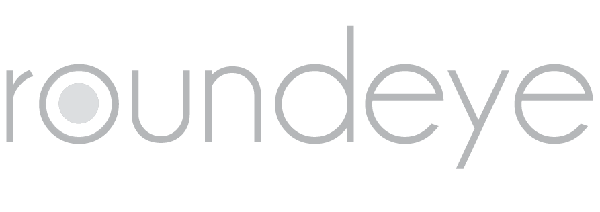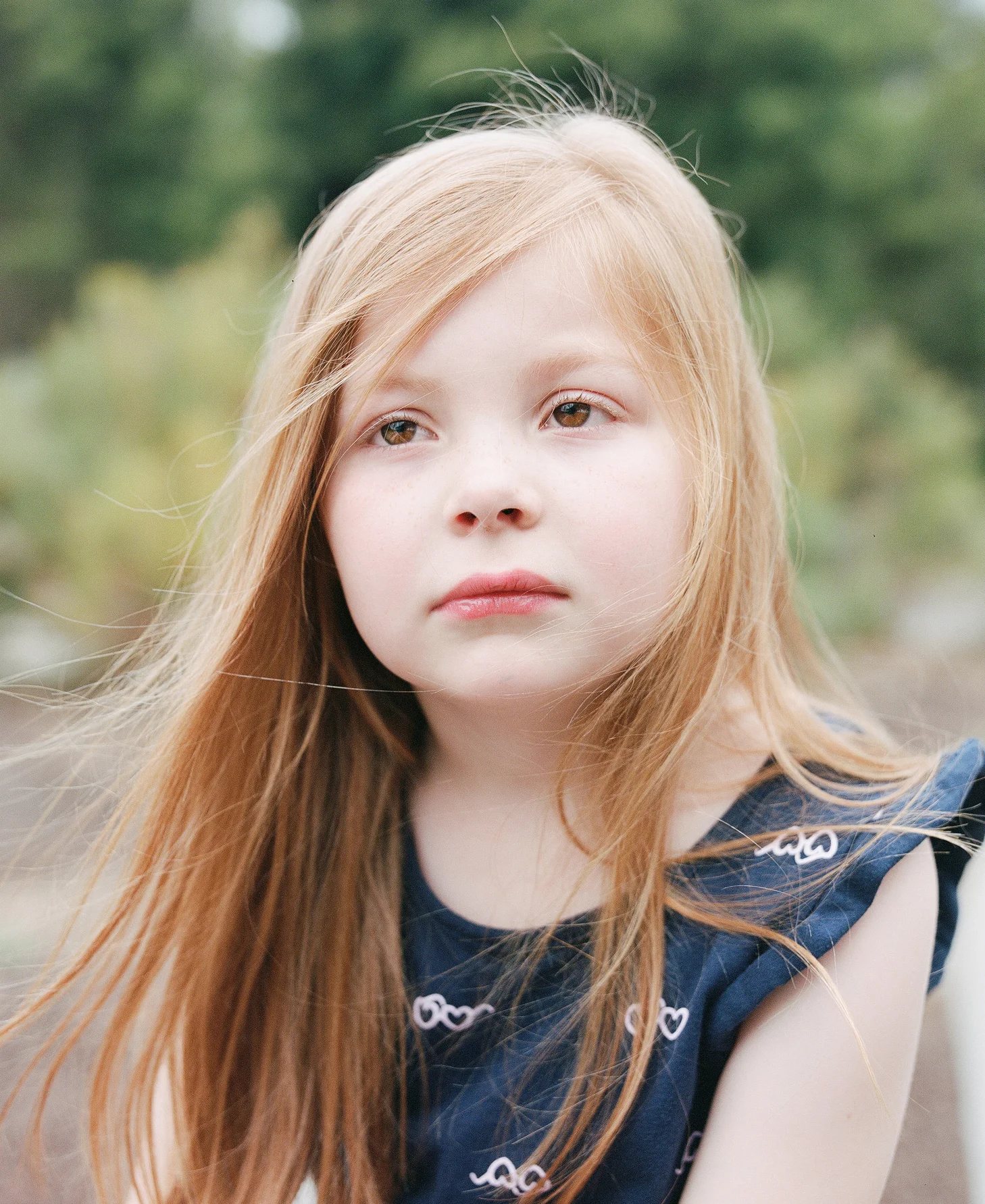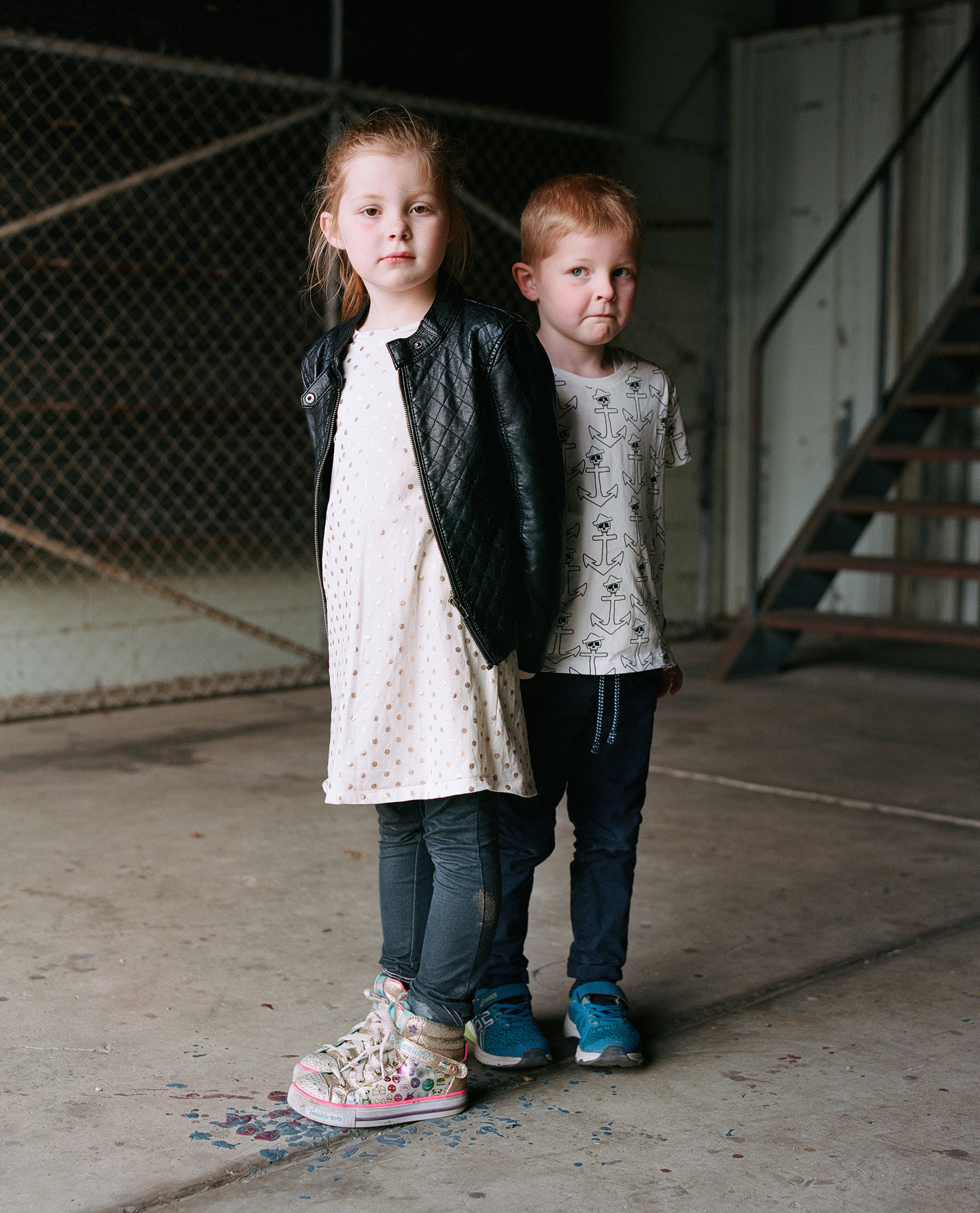It’s been a year or two since I posted about film photography. I usually pull the Mamiya RB67 out once a year to take new portraits of the kids and then tell myself ‘Never again!’ given how hard the actual process is. I should point out this is because of my kids, not the camera. It’s very hard in this digital age for kids to stand still and actually wait for a photo to be taken. When I do put in the effort, however, I am almost always pleased with the results.
I have changed my process a little. I still shoot Portra 400 because I find it’s the perfect middle ground that offers lots of latitude with dynamic range and beautiful skin tones. I try not to shoot below f5.6. Anything lower and focussing becomes difficult. I know there are focussing screens and so on, but I find f5.6 provides the right amount of bokeh and depth without compromising both shutter speed and focus. I also have a checklist on my phone I run through to make sure the back is in the right orientation, the shutter lock is off, lever cocked, etc. It just helps make sure I don’t make any mistakes before hitting that shutter button and burning away a couple of bucks. I always use a tripod, even if it is inconvenient. All of this has combined to improve my keeper rate.
In this shot, you can see my focus was off just slightly because my daughter moved before I hit the shutter button. Is it a poorer photo for it? I don’t think so. I would argue only a fellow photographer would notice.
It might sound a bit crazy, but I no longer meter for my shots. I’ve shot with the Mamiya enough to know what shutter speed will work for what kind of light. Outside, it’s usually a choice between 1/125 or 1/250 if I’m trying to overexpose and shoot at 200 ISO. I will err on the side of overexposure rather than under with Portra. Given that, shutter speed and orientation are really the only two choices I make before lining up a composition.
I’ve also become very conscious of light. When I first shot film I disregarded lighting conditions entirely thinking the dynamic range of Portra would cover it, but like any kind of photography, light is king. Now I actively seek out interesting light and will often put the camera way if I do not feel a shot one-hundred percent. This is slowing down and considering your shots—something many talk about when discussing film photography, a lot of which has carried over to my digital work.
While it can be cumbersome and far more effort is required, these film photos are far more special to me than photos of the kids I’ve taken with my digital cameras. I still see that hard-to-define quality in them you simply don’t get with anything else. I’ve been looking into large format (clearly a sucker for punishment), so we shall see where that goes.
Over the years my daughter has become somewhat adept at posing. As soon as the Mamiya is out, she knows what to do, even if she preferred I hurry it up…
Something else that is worth mention is to consider who is scanning and processing your images. I experimented with different labs but eventually came back to Atkins even though they are a touch more expensive. Find a lab you connect with who delivers consistent colors and results.
Have I considered another medium-format camera? Sure! But I always use the Mamiya and can’t bring myself to get anything else. I love the fact it’s all manual, doesn’t require batteries and is built to last. I know there are sexier cameras out there (looking at you, Hassy) but the Mamiya is enough for me. As they say, if it ain’t broke…





















